Lal Bahadur Shastri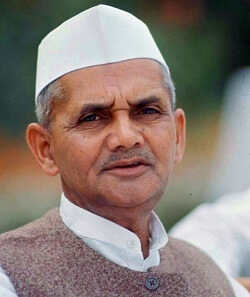
Lal Bahadur Shastri was India's second Prime Minister. He was appointed to this position on June 9, 1964, after Nehru died during his period. His ranking was second, but his norms were 'special.' In 1966, the country's highest title, the 'Bharat Ratna,' was granted to this modest and civilized personality. He was a renowned independence warrior who walked in Jawaharlal Nehru's and Mahatma Gandhi's footsteps. During the 1965 Indo-Pakistan conflict, he brought the country together and gave the troops appropriate orders. Birth, Caste, FamilyOn October 2, 1904, Lal Bahadur Shastri was born in Mughalsarai, Uttar Pradesh, and at that time, India was in British control. He was born into a Kayastha family. Munshi Sharda Prasad Srivastava was his father's name, and he was a primary school teacher referred to as 'Munshi Ji.' Ramdulari was his mother's name. However, Lal Bahadur's father was a school teacher who afterward worked as an assistant in Allahabad's Revenue Office. Despite his poverty, Sharada Prasad led a life of honor and fairness. Lal Bahadur's father died while he was still a child. Ramdulari Devi nurtured Lal Bahadur and her two children at her father's home. Early LifeDuring his infancy, Shastri was referred to as 'Nanhe' by his relatives as Shastri's father passed away while he was young. He was then taken to his Nanaji's (mother's father) residence in Mirzapur by his mother himself. His maternal grandfather died after a while as well. Lal Bahadur Shastri's upbringing includes a well-known event when he was six years old. One day, Lal Bahadur and his classmates stopped by an orchard on their way to school. Lal Bahadur Shastri stood below while his classmates climbed the trees to gather mangoes. Meanwhile, Lalbahadur Shastri was caught by the gardener. He insulted Lal Bahadur Shastri and began thrashing him. Lal Bahadur Shastri requested the gardener to leave him because he was an orphan. "Because you are an orphan, it is even more crucial to learn appropriate manners," the gardener replied to Lal Bahadur. Lal Bahadur Shastri earned his bachelor's degree in Sanskrit. His basic schooling did take place at Mirzapur, and he went on to Harishchandra High School and Kashi-Vidyapeeth for his secondary education. In Kashi-Vidyapeeth, he was given the title of 'Shastri.' He changed his name to 'Shastri' from this moment onward. Following this, he was nicknamed Shastri. In 1928, he wedded Lalita Shastri. They were the parents of six children. Anil Shastri, one of his sons, was a representative of the Congress Party. Life As A Freedom FighterIn the war for independence, Shastri popularized the motto "Don't Die, But Kill," which sparked the fire of liberty across the countrymen. Shastri became involved in the independence fight in 1920, joining the 'Bharat Sevak Sangh'. This was a 'Gandhi-vadi' leader who dedicated his entire life to serving the underprivileged and the people of the country. Shastri Ji used to participate in all kinds of activities and initiatives, which led to his spending a lot of time in prison. 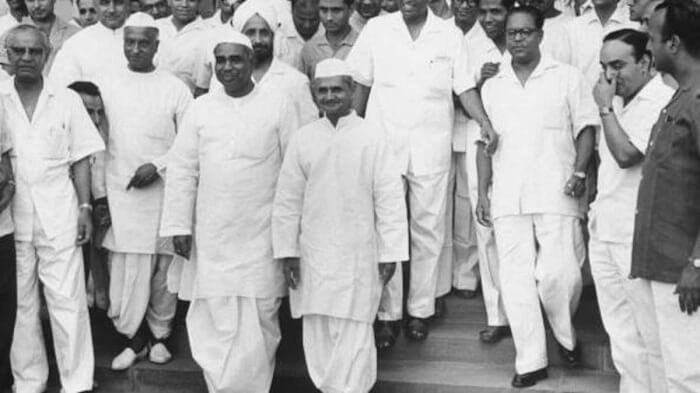
During the 2nd World War, India's revolutionary struggle became even more fierce. He was a leading person in the 'Non-cooperation movement' of 1921, the 'Dandi-March' of 1930, and the Quit India campaign of 1942. Also, Netaji Subhash Chandra Bose founded the 'Azad Hind Fauj' and gave it the motto "Delhi-Chalo," and at the same time, Gandhi's 'Quit India Movement' received pace. Political Career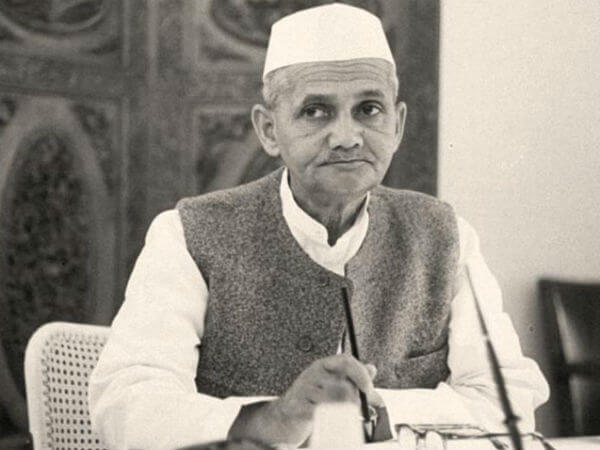
Shastri was appointed as the General Secretary of the 'All-India-National-Congress' in 1951. He became the President of the Uttar Pradesh Assembly in the post-independence era and was assigned the task of police and transportation under the guidance of Govind Vallabh Pant's government. During this time, Shastri designated the first woman as a conductor, and he declared it a norm in the police dept to use water cannons rather than rods to manage crowds. 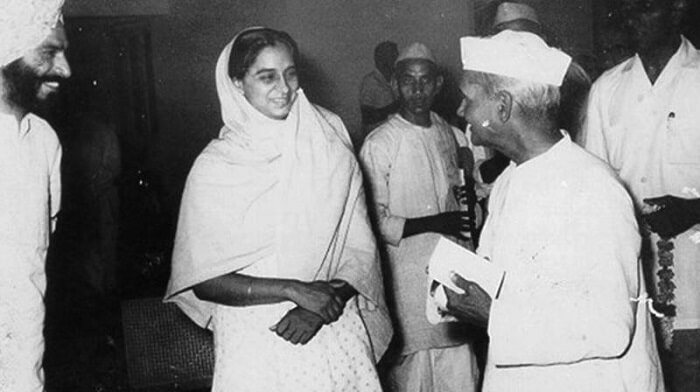
Lal Bahadur Shastri was committed to the party at all times. In the elections of 1952, 1957, and 1962, he campaigned extensively for the party and earned a large majority. After the unfortunate loss of Jawaharlal Nehru, Shastri Ji became the Prime Minister, although his term was challenging. The developed and opposing countries together made governance extremely difficult for him. 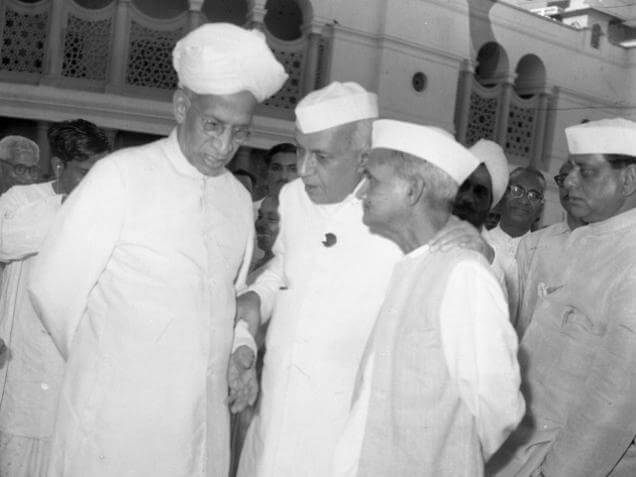
Pakistan conducted an airstrike on India in 1965. Seeing the urgency, an urgent meeting was called. President Sarvepalli Radha Krishnan, the chiefs of all three defense sectors, and Shastri Ji were present at the meeting. During the meeting, the chiefs informed Lal Bahadur Shastri of the scenario and waited for an order, to which Shastri Ji answered, "You defend the country and tell me what we will have to do?" As a result, during the Indo-Pak war, Shastri Ji provided outstanding governance and came up with the term "Jai Jawan Jai Kisan," which got the nation together and saw India's victory over Pakistan, which Pakistan had not anticipated since China had badly defeated India in the war three years ago. Memorials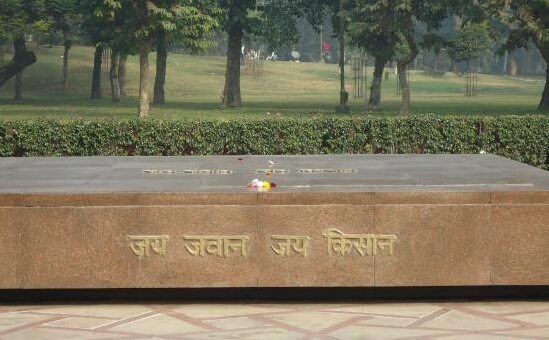
Few Other Facts
Death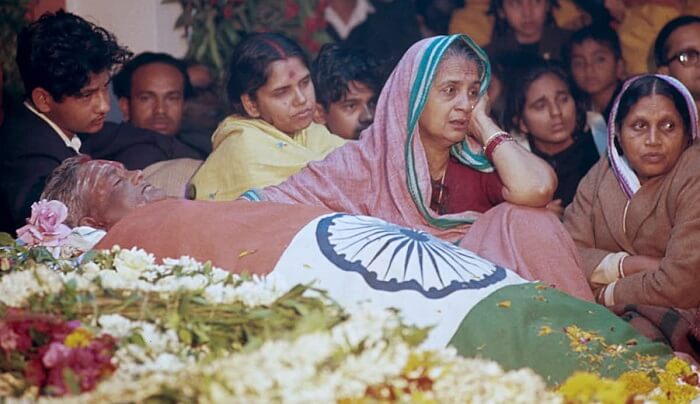
Under Russian and American persuasion, Shastri Ji met with Pakistani President Ayub Khan in Tashkent, Russia's capital, to sign the political settlement. It was believed the agreement was signed under extreme stress. On the night of the agreement, January 11, 1966, he died unexpectedly. Shastri Ji was claimed to have died of a heart attack, but his post-mortem was never carried out since he was killed in a well-planned strategy still preserved in Tashkent's air. To date, it remains a secret. Shastri Ji remained the PM for 18 months. Gulzari Lal Nanda was re-appointed as the Prime Minister following his demise. His cremation was held on the banks of the Yamuna River, which is now known as 'Vijay Ghat.' Lessons To Learn From His LifeThe life of India's succeeding Prime Minister, Lal Bahadur Shastri, provides a few examples of dependability, dignity, and ease for both children and adults. Here are a few illustrations of his everyday routine that exemplify his received norms.
ConclusionLal Bahadur Shastri was also known for his truthfulness, modesty, and enthusiasm. India has suffered the loss of a great leader. He had enriched India with brilliance and dignity. His demise remains a secret. Lal Bahadur Shastri was a member of the Indian National Congress and held patriotic, liberal, and right-wing political ideologies. Hinduism is the religion of Lal Bahadur Shastri. Self-sufficiency and self-reliance were always the foundations on which he built a powerful nation.
Next TopicKareena Kapoor
|
 For Videos Join Our Youtube Channel: Join Now
For Videos Join Our Youtube Channel: Join Now
Feedback
- Send your Feedback to [email protected]
Help Others, Please Share









